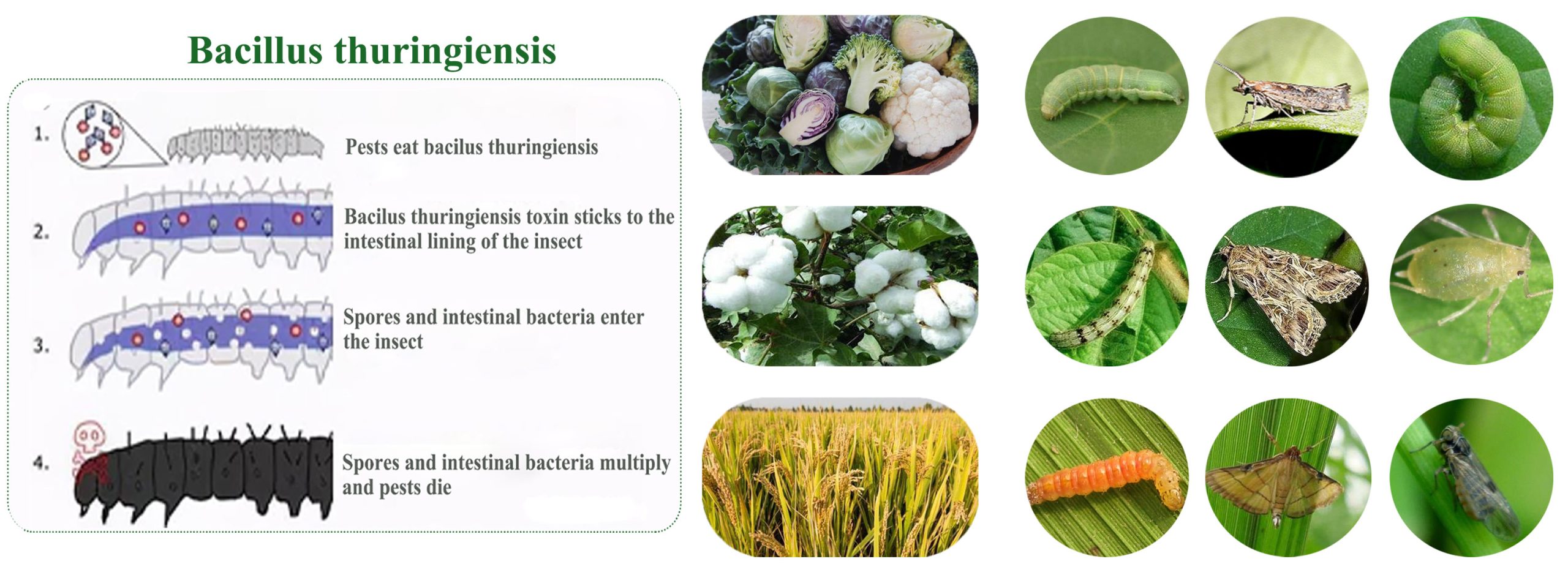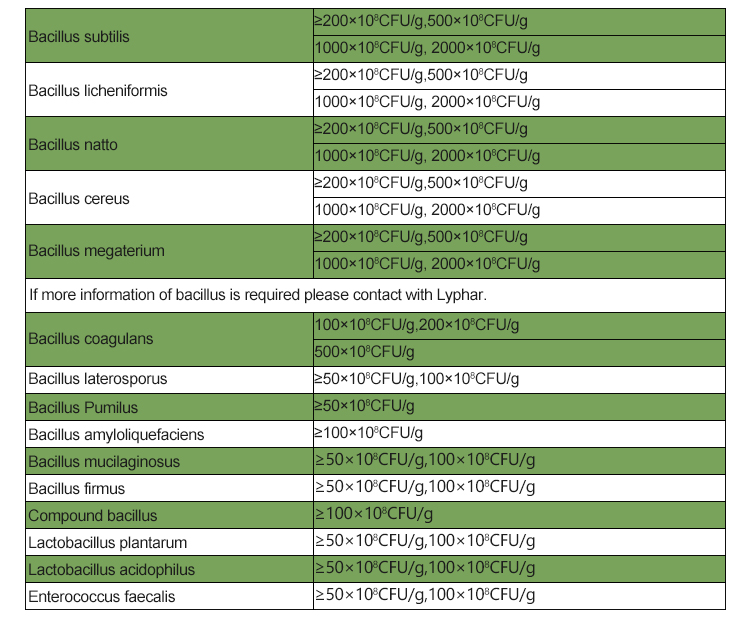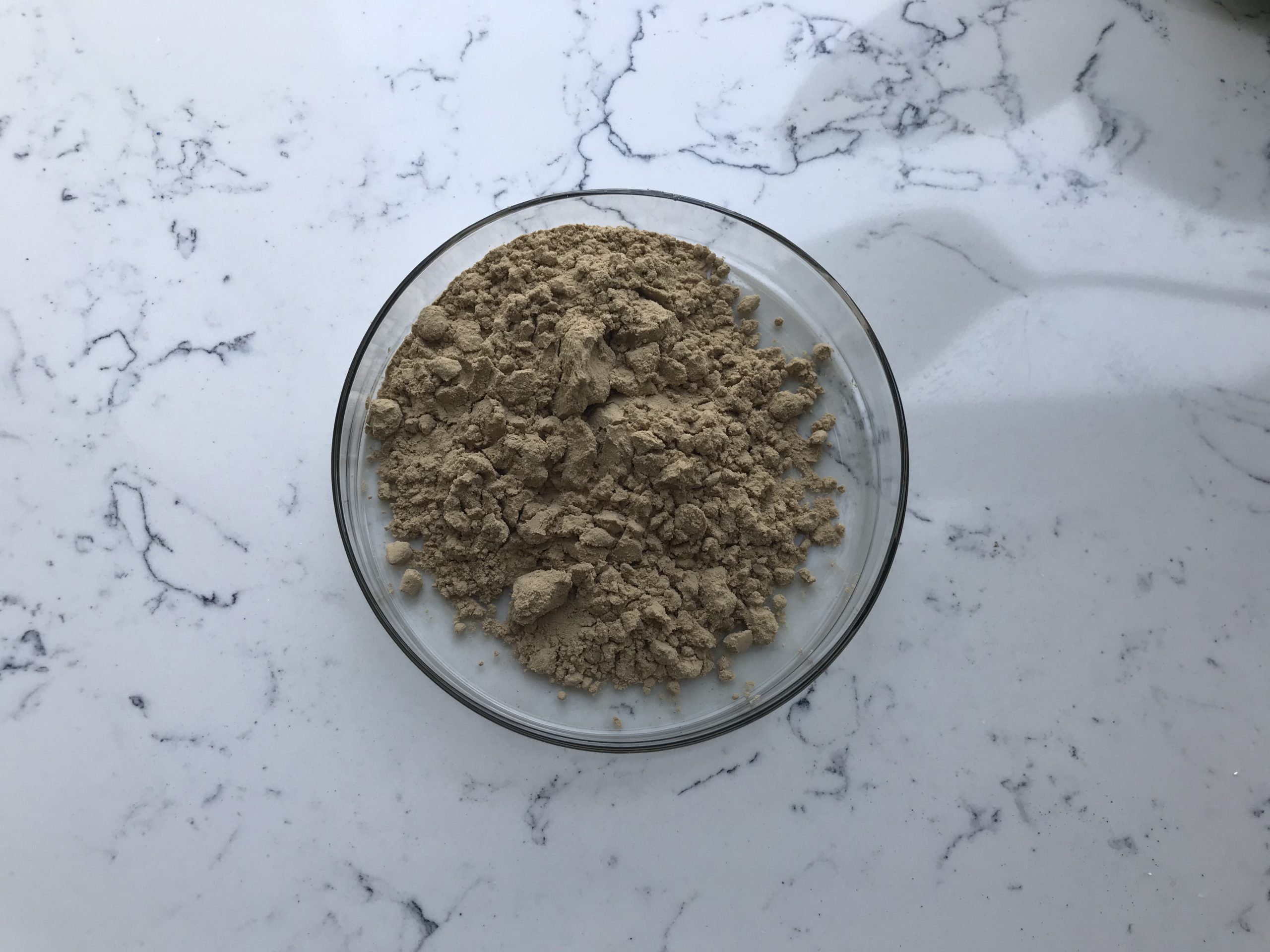Bacillus Thuringiensis (BT) is a naturally occurring bacterium that produces proteins toxic to certain insects, making it an effective biological insecticide. It is commonly used in agriculture and gardening to control pests that can damage crops or plants. Here’s how you can use Bacillus Thuringiensis effectively:

1.Choose the right formulation: Bacillus Thuringiensis is available in various formulations, including liquid concentrates, dust, and granules. Select the appropriate formulation depending on the target pest and the method of application.
2.Identify the target pest: Bacillus Thuringiensis is specific to certain insect larvae, such as caterpillars, leaf miners, mosquito larvae, and some beetles. It is not effective against adult insects. Make sure you correctly identify the pests you want to control before using Bacillus Thuringiensis.
3.Timing: Apply Bacillus Thuringiensis when the target insect larvae are actively feeding. This ensures that they ingest the Bacillus Thuringiensis toxin and get effectively controlled.
4.Follow the instructions: Read and follow the manufacturer’s instructions on the product label carefully. The label will provide essential information on the correct dosage, application method, safety precautions, and timing of application.
5.Application methods:
a. Spray application: Mix the recommended amount of Bacillus Thuringiensis concentrate with water and spray it evenly on the plant foliage, where the insect larvae are present. Ensure good coverage of the leaves.
b. Dust application: If you have a dust formulation, lightly dust the affected areas where the insect larvae are active. Be careful not to inhale the dust during application.
c. Soil drench: For soil-dwelling pests, you can mix Bacillus Thuringiensis with water and apply it to the soil around the plant’s root zone.
6.Safety precautions: Bacillus Thuringiensis is considered safe for humans, pets, and most beneficial insects. However, it’s always a good idea to wear appropriate protective gear, such as gloves and a mask, when applying any pesticide. Avoid spraying during windy conditions to prevent drift onto unintended areas.
7.Repeat applications: Bacillus Thuringiensis has a short residual activity, so you may need to reapply it as per the recommended intervals or if the pest problem persists.
8.Integrated Pest Management (IPM): Incorporate Bacillus Thuringiensis into an IPM program, which includes multiple pest control strategies, to maximize its effectiveness and reduce the risk of insect resistance.
Remember that while Bacillus Thuringiensis is a useful and environmentally friendly tool for pest control, it’s essential to use it judiciously and in combination with other management practices for a sustainable and effective pest control approach.

How can Bacillus Thuringiensis be used for best results?
Bacillus Thuringiensis (BT) is a naturally occurring bacterium that is commonly used as a biopesticide to control various insect pests. It is safe for humans, animals, and the environment, making it an attractive alternative to synthetic chemical pesticides. To achieve the best results when using Bacillus Thuringiensis, consider the following guidelines:
1.Select the right strain: There are different strains of Bacillus Thuringiensis, each targeting specific insect pests. Choose the appropriate strain for the target pest you want to control. Common strains include Bacillus Thuringiensis kurstaki for caterpillars, Bacillus Thuringiensis israelensis for mosquitoes and blackflies, and Bacillus Thuringiensis san diego for beetles.
2.Timing: Apply Bacillus Thuringiensis early in the insect pest’s life cycle when they are most susceptible. For caterpillar control, apply it during the early larval stages when the pests are actively feeding. For mosquito control, apply Bacillus Thuringiensis to standing water where larvae are developing.
3.Proper application: Follow the manufacturer’s instructions for application carefully. Bacillus Thuringiensis is typically applied as a liquid or dust. Ensure even coverage of the targeted area to increase effectiveness.
4.Environmental conditions: Bacillus Thuringiensis is sensitive to UV light and high temperatures, so apply it in the early morning or late afternoon for better results. Avoid applying during heavy rain or strong sunlight, as it can reduce its effectiveness.
5.Integrated Pest Management (IPM): Bacillus Thuringiensis is most effective when used as part of an integrated pest management strategy. Combine Bacillus Thuringiensis with other pest control methods like crop rotation, habitat manipulation, and mechanical control to improve overall pest management.
6.Monitor effectiveness: Regularly assess the efficacy of Bt treatment. If you notice that the pest population is not adequately controlled, consider adjusting the application rate or using other pest control methods.

7.Rotate insecticides: To prevent the development of insect resistance, rotate Bacillus Thuringiensis with other insecticides with different modes of action.
8.Storage: Store Bacillus Thuringiensis products according to the manufacturer’s instructions. Proper storage helps maintain the viability and effectiveness of the product.
9.Adherence to regulations: If you are using Bacillus Thuringiensis in agricultural settings, make sure to follow local regulations and guidelines regarding its usage to ensure safety and compliance.
Remember that Bacillus Thuringiensis is specific to certain insect pests and won’t harm beneficial insects like bees, butterflies, or ladybugs. It is an excellent tool for targeted pest control while preserving the environment and beneficial insect populations.
